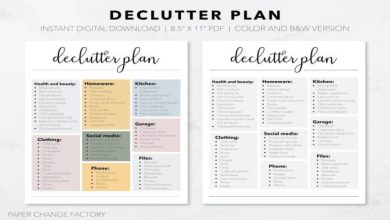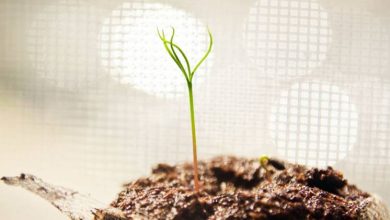Choosing the Right Retaining Wall Material: A Comprehensive Guide

When it comes to landscaping, retaining walls serve a crucial function beyond aesthetics. They hold back soil, prevent erosion, and create level surfaces on sloped landscapes. But with various retaining wall materials available in the market, choosing the right one can be overwhelming.
In this guide, we’ll walk you through the factors to consider when selecting the ideal retaining wall material for your project.
Durability:
The durability of a retaining wall material is paramount. You want something that can withstand the elements and the test of time. Materials like concrete, stone, and pressure-treated timber are known for their durability, making them suitable choices for long-lasting retaining walls.
Consider factors such as weather conditions and soil type in your area to gauge the material’s durability against these elements.
Aesthetic Appeal:
While functionality is crucial, the aesthetic appeal of your retaining wall cannot be overlooked. The material you choose should complement the overall design of your landscape. Concrete blocks offer a clean and modern look, while natural stone provides a more rustic and timeless charm.
Consider the existing elements in your landscape and choose a material that enhances its visual appeal. No matter which material you choose, always ensure that it’s as reliable as an agm deep cycle battery in powering up your landscape’s appeal and resilience.
Cost:
Budget plays a significant role in selecting the right retaining wall material. Materials like concrete and timber tend to be more budget-friendly compared to natural stone or brick. However, it’s essential to weigh the upfront cost against the long-term maintenance expenses.
Cheaper materials may require more frequent repairs and upkeep, ultimately costing you more in the long run.
Installation:
The ease of installation varies depending on the retaining wall material. Concrete blocks and timber are relatively easy to install, making them suitable for DIY projects. On the other hand, natural stone requires skilled labor and specialized equipment for proper installation.
Consider your expertise level and the complexity of the project before choosing a material that aligns with your installation capabilities.
Environmental Impact:
With increasing awareness of environmental sustainability, it’s essential to consider the environmental impact of the retaining wall materials. Opt for materials that are eco-friendly and have minimal carbon footprint.
Recycled materials like concrete blocks made from reclaimed aggregates or timber sourced from sustainably managed forests are excellent choices for environmentally conscious homeowners.
Maintenance:
Regular maintenance is key to ensuring the longevity of your retaining wall. Some materials, like timber, may require periodic staining or sealing to protect against rot and decay. Concrete blocks and natural stone are relatively low-maintenance, requiring occasional cleaning to remove dirt and debris.
Consider the maintenance requirements of each material and choose one that fits your lifestyle and maintenance preferences.
Conclusion:
Choosing the right retaining wall material is crucial for the success of your landscaping project. Consider factors such as durability, aesthetic appeal, cost, installation, environmental impact, and maintenance requirements before making a decision.
Remember, it’s not just about aesthetics or functionality but also about durability and sustainability. So, make an informed decision that will stand the test of time.





